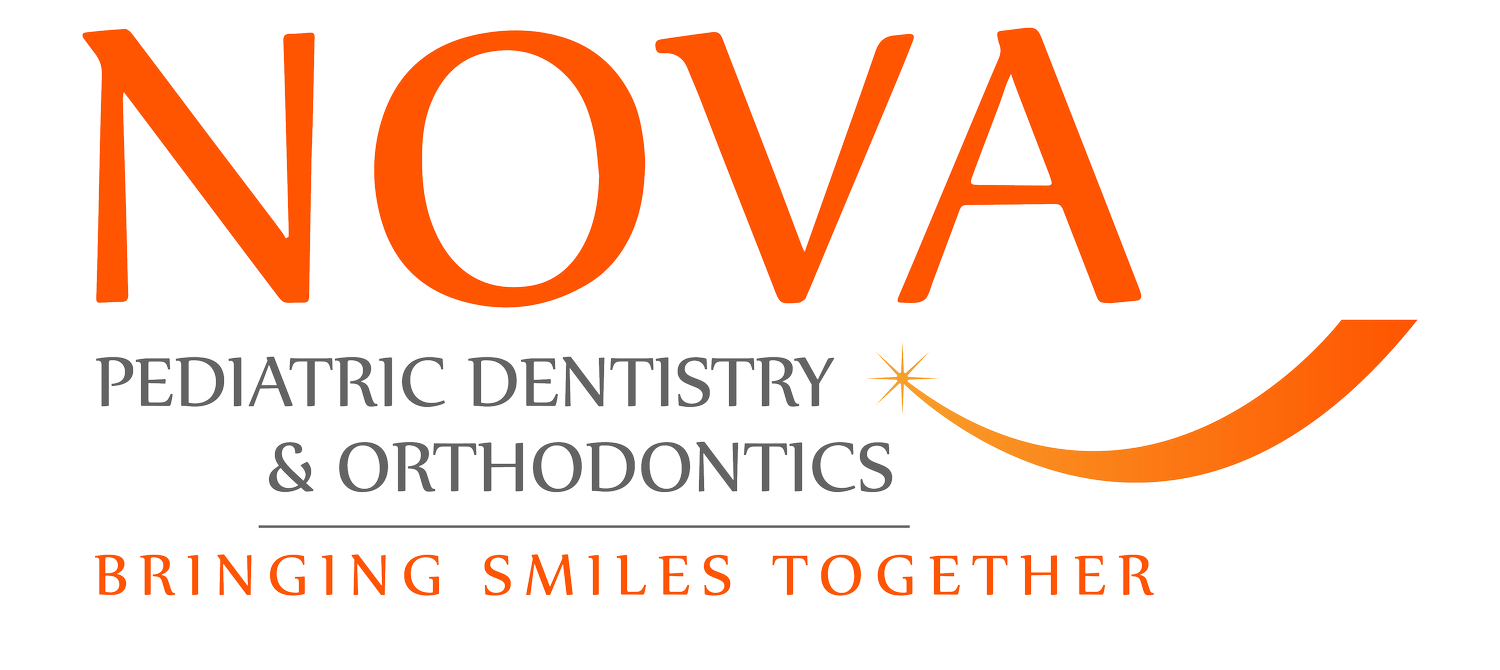What is the Difference Between an Ashburn Pediatric Dentist and Orthodontist?
Pediatric dentists focus on overall dental health for children, while orthodontists specialize in diagnosing and treating misalignment of teeth and jaws.
- Pediatric dentists provide routine dental care and preventive treatments.
- Orthodontists correct bite issues, crooked teeth, and jaw alignment.
- Both specialists play crucial roles in children's dental health at different stages.
The Role of a Pediatric Dentist
Pediatric dentists are trained to manage the oral health of infants, children, and adolescents. They offer a range of services including cleanings, fluoride treatments, and cavity fillings, all tailored to the unique needs of children.
In addition to preventive care, pediatric dentists also monitor the development of the child's teeth and jaws. If they notice any potential alignment issues, they may recommend an evaluation by an orthodontist. This collaboration ensures comprehensive care, addressing both general dental health and specific orthodontic needs.
The Role of Orthodontists
Orthodontists specialize in diagnosing and treating misaligned teeth and jaws. They use tools like braces and aligners to correct issues such as overbites, underbites, and crowding. Orthodontic treatment not only enhances aesthetics but also improves oral function and overall health.It's important to note that orthodontic intervention can begin at different ages depending on the child’s needs.
Some children may require early treatment, while others may not need braces until their teen years. Regular visits to a pediatric dentist can help determine the right time for a referral to an orthodontist. If you're uncertain about whether your child should see a pediatric dentist or an orthodontist, it's wise to start with a visit to the pediatric dentist.
Why Age 7 is Recommended for an Orthodontist Visit
Visiting an orthodontist by age 7 is recommended because this is the age when many children have a mix of primary teeth and emerging permanent teeth. At this stage, orthodontists can identify potential alignment issues, such as overbites, underbites, and crowding, which might not be evident later.
This proactive approach can result in less complicated treatment later, often shortening the duration of braces or other orthodontic devices when they are ultimately needed.
Factors to Consider
Typically, by age 7, it’s advisable for children to have their first orthodontic assessment. Early intervention can help address potential issues before they worsen. Parents should also consider their child’s dental habits. For instance, thumb sucking or prolonged use of pacifiers can affect tooth alignment and might necessitate early intervention.
If you notice any of these signs or have concerns about your child’s dental development, it’s wise to consult with a pediatric dentist. They can assess your child’s specific situation and recommend the appropriate next steps, ensuring your child’s dental health is on the right track.


